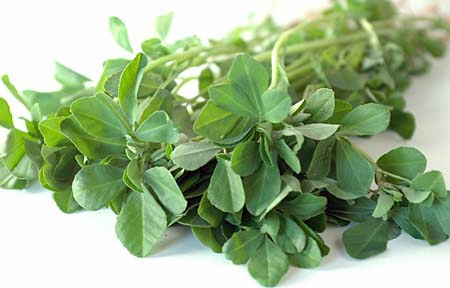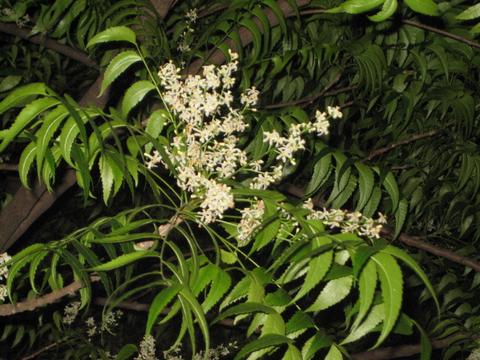
As one of the traditional Indian medicinal systems, Ayurveda places great emphasis on utilizing natural plants and fruits and their derivatives in its diagnosis and implementation to enable one to live in harmony with nature.
The science and its ingredients have enjoyed a sustained amount of success in procuring cures for various aches and ills for over 4,000 years, and the following products have increasingly found themselves on top of the pile in terms of domestic consumption, exhibiting the populace's needs for body-friendly results adhering to cultured Ayurvedic principles.
These heroes from our kitchens, have a key role to play in Ayurvedic treatment. Baidyanath Life Sciences introduces you to five such examples in today's blog.
These heroes from our kitchens, have a key role to play in Ayurvedic treatment. Baidyanath Life Sciences introduces you to five such examples in today's blog.
1. Amla Oil
.jpg)
A direct derivative from the Amla fruit sap, Amla Oil finds itself a place in most Indian households today, and alongside coconut oil, counts as the most popular hair conditioner in adults and children alike. The oil has antifungal properties enabling freshness and silkiness, and the relatively low occurrence of ringworms in India is thought to be due to its widespread use.
2. Methi (Fenugreek)


The seeds and leaves of Methi or Fenugreek are readily available and widely used in Indian kitchens. Although they possess a strong aroma, they have a bitter taste. But when used in small quantities as Ayurvedic texts recommend, they impart a grand flavour into your food. This has led to its widespread use in curries, vegetable dishes, dals and the signature Methi Paratha, aside from it being a rich reservoir of medicinal properties too.
3. Neem (Margosa)

A Neem tree counts as one of the most versatile Ayurvedic products, with every part of the tree being used for healing purposes in some shape or form. Neem leaf infusions have been used to cure skin diseases and are still used to relieve itching, soothe rashes, create a germicidal environment and clear inflammatory conditions. In addition, Neem contains organic sulphur compounds, which have powerful and versatile healing actions on various other parts of the body as well.
Neem twigs were used traditionally as toothbrushes, and even today form an integral part of many Ayurvedic based toothpastes.
Neem twigs were used traditionally as toothbrushes, and even today form an integral part of many Ayurvedic based toothpastes.
4. Turmeric
Ayurveda pegs down Turmeric, or Haldi, as a critical ingredient in relieving joint pains and myocardial health. It is healing to all the connective tissues, good for the skin, soothes wounds and is a natural antibiotic, purifies and stimulates the production of fresh blood, corrects metabolic imbalances, helps in the digestion of protein and is also claimed to bring prosperity!
Tumeric is also used in traditional Indian cooking to rid fresh vegetables, of impurities.
Tumeric is also used in traditional Indian cooking to rid fresh vegetables, of impurities.
5. Tulsi

Tulsi leaves are light, warm and pungent. In Sanskrit, 'Tulsi' in essence refers to no other plants 'standing in comparison'. In modern times, it is corroborated by Ayurvedic principles as being one of the best-known anti-oxidants because of its high polyphenol content, helping to fight radical damage. Moreover, it is also useful in all skin disorders ( achieved by pacifying the Kapha/Vata).
With the increased proliferation of Ayurveda and its teachings in more and more Indian homes, one can hope for further products recommended by this ancient science make their way into households, usurping synthetic modern creations that on occasion have proven to be harmful.
This blog is powered by Baidyanath Life Sciences, who bring about authentic Ayurvedic wellness treatments through its centre in Nagpur.
This blog is powered by Baidyanath Life Sciences, who bring about authentic Ayurvedic wellness treatments through its centre in Nagpur.
No comments:
Post a Comment